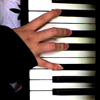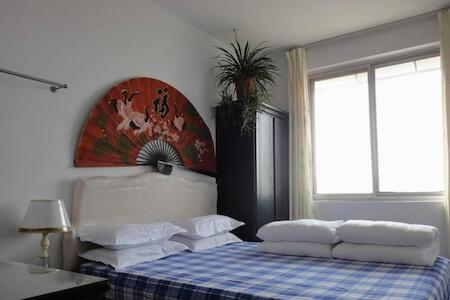Looking for budget stays in Luoyang? This section is designed to save you time, money, and unnecessary stress. We've got insider tips to help you find affordable hostels and the cheapest places to stay in Luoyang.

Part of Henan Province, settlements in Luoyang have been in existence since as early as the late Neolithic period. In the past, Luoyang has also been an important capital city in many ancient Chinese dynasties, notably the Tang and Song dynasties.
Central Luoyang is a sprawling urban grid metropolis like so many other new Chinese cities recently built since the country’s economic reform. Most Luoyang hostels are small to medium-sized businesses housed on top of "shophouses" (two- and three-story buildings), although you do see the occasional hostel grounds built specifically for their purpose. For genuine Luoyang flavor, it is worthwhile visiting Guangzhou Shichuang (locally known as Dirty Street), a street food hotspot open 24/7. Look out for the local delicacies; crickets, sheep eyes, and kidneys sit beside more usual cuts of meat and fish. This area is adjacent to the central shopping district where hostels are common within the backstreets.
Luoyang is flanked by many important tourist attractions such as Baima Temple, Guanlin Temple, Zhougong Temple, Lei Cheng Uk Han Tomb Museum, Du Fu's tomb, and the UNESCO World Heritage site of Longmen Grottoes. The Shaolin temple at Songshan National Park is world-renowned as the birthplace of Chinese martial arts (Kung Fu) and accessible from Luoyang, being a 90-minute bus ride from its main bus station.
UNESCO World Heritage Site Longmen Grottoes (Longmen Shiku) is a must-see for any visitors to Luoyang; some 13 kilometers from the city centre, this sprawling collection of cave temples is home to approximately 2,100 caves with stone carvings of inscriptions and Buddhist statues ranging from small (carvings no larger than a finger) to enormous (the largest is a 17-meter high statue of Vairocana Buddha in Fengxian Temple, the main cave in the grotto). The oldest carving dates back to 434 AD. It is worth waiting for nightfall to view the grottoes lit up by beautiful lights.
China's National Flower Garden contains 2,500 meters of parkland and gardens. It is particularly worthwhile visiting when it plays host to the annual Peony Flower Festival from April to May. During this time, the garden is transformed into a sea of flowers of an eye-watering variety of colors and sizes, some as large as basketballs. Consider it China's answer to Keukenhof Tulip Gardens.
Written by Travel Expert Luoyang
 Steph
Steph